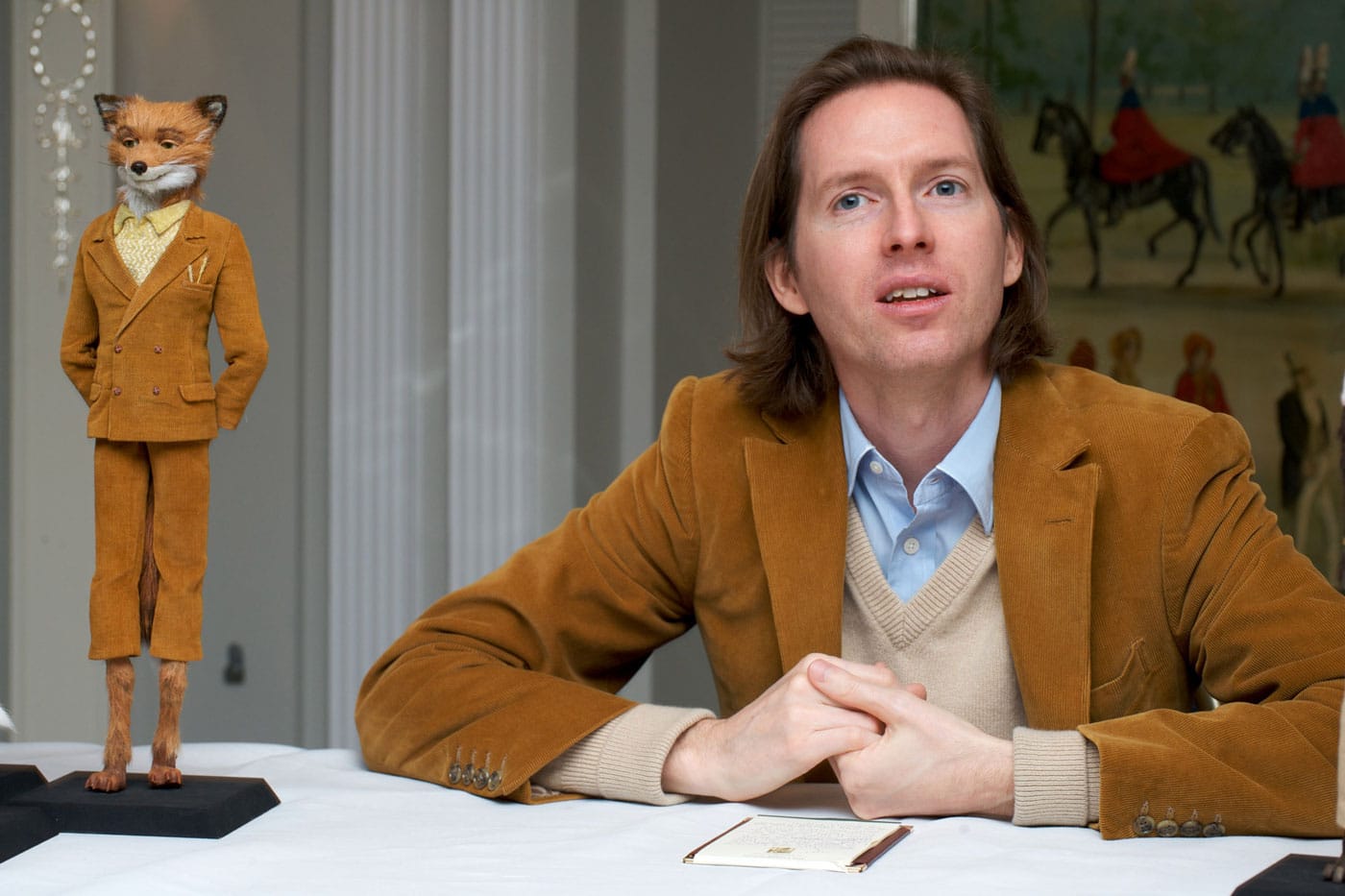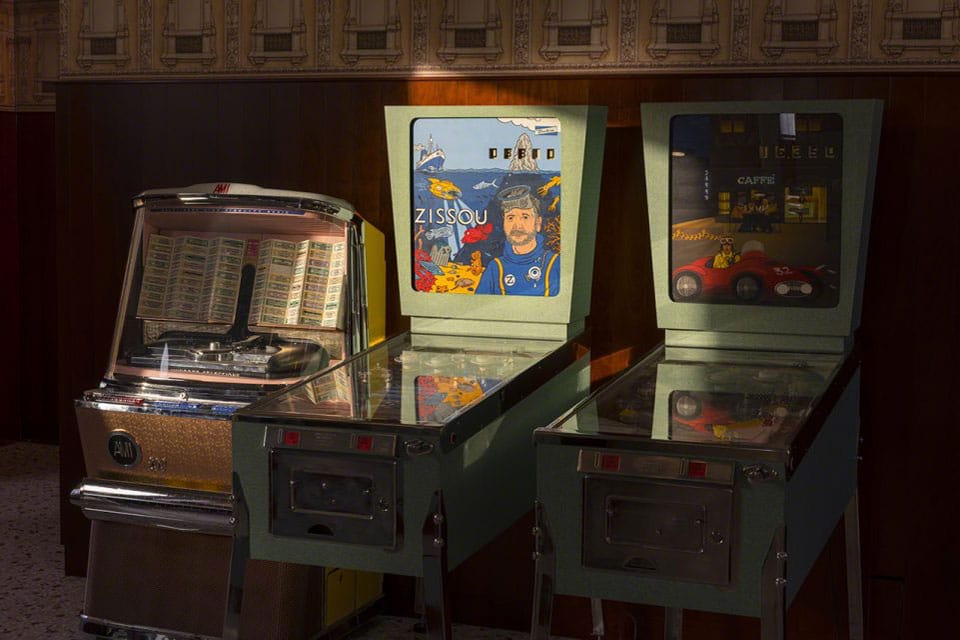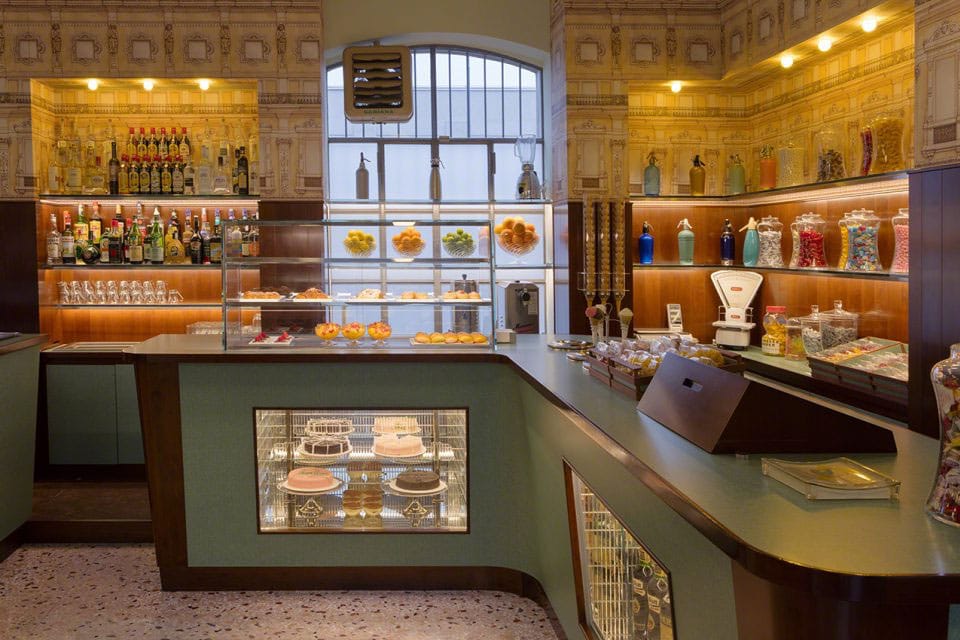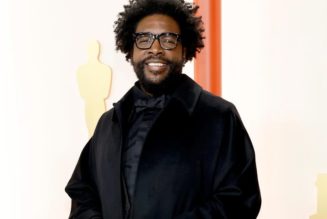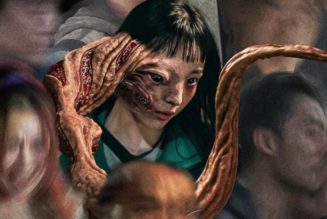As we patiently await the release of Asteroid City, Wes Anderson‘s his 11th feature film which premieres later this month, we take some time to dive into the colorful life and legacy of the film director who has helped shape our world for the better through his unique lens.
Before the recent wave of edits and AI renderings seen on TikTok and Instagram that attempt to romanticize ordinary activities in his signature style, the director had already established himself as a household name and captured a passionate following through his inventive and instantly recognizable films including The Grand Budapest Hotel and Isle of Dogs. Influencing spheres far beyond what he could have imagined, from Tyler The Creator‘s Call Me If You Get Lost album to an active “Accidentally Wes Anderson” community of more than a million individuals, Anderson has crafted a legacy as one of the most popular filmmakers ever whose works will no doubt serve as a muse and reference point for generations to come.
Follow us below as we share 5 Things you might not have known about Wes Anderson and his films.
He Includes a Reference to Charlie Brown in All of His Movies
One of the many recurring themes in Anderson’s films is at least one reference to Charlie Brown and/or Peanuts. The most obvious parallels can be seen in his 2012 film Moonrise Kingdom. The movie is shot with children as the main characters and the protagonist Sam is introduced through the Khaki Scouts, which is uncoincidentally similar to Snoopy‘s Beagle Scouts.
Like Snoopy, the dog Buckley from The Royal Tennenbaums is also a beagle who’s deeply involved with the family. In the film, Peanuts’ version of “Hark the Herald Angels Sing” is also heard in the background when Max introduces Bill Murray‘s character Herman Blume to his father.
He’s Often Found in a Corduroy Suit and Clarks Wallabees
While each of Anderson’s movies has its own unique charm, they all undeniably bear the director’s signature flair. The charming consistencies are reflected in Anderson’s daily life. For most of his career, he’s often seen in a corduroy suit with Clark’s Wallabees on the feet. The distinct preppy style can be seen on several prominent characters in his movies including Mr. Fox in Fantastic Mr. Fox, and Bill Murray’s Raleigh St. Clair in The Royal Tenenbaums.
“Mr. Fox is wearing a replica of my very favorite suit, in my favorite color, that I wear 200 days a year,” Anderson once admitted.
He Designed a Bar in Milan Named Bar Luce
Drawing inspiration from Italian pop culture of the ’50s and ’60s, Bar Luce was designed by Anderson in 2015 with the goal of recreating the atmosphere of a typical Milanese cafè. Located at the entrance building of Fondazione Prada, the aesthetic echoes that of his 2013 short film Castello Cavalcanti which was presented by Prada. The space features formica furniture, speckled pink terrazzo flooring, wood wall panels, arched ceilings, and patterned decorations on the top half of the walls. “The approach I used to design this bar is exactly the opposite I usually use for the set designs of my movies,” Anderson wrote in a statement.” I tried to make it a bar you’d like to go to five times a week. When I was really young I wanted to be an architect, and this chance I’ve been given to pretend to be a real one is a childhood fantasy come true!”
BAR LUCE
Largo Isarco, 2, 20139 Milan
Anderson and Owen Wilson, Who Have Worked Together on Multiple Films, Were Roommates at the University of Texas
Wes Anderson met Owen Wilson, a fellow Creative Writing major, at the University of Texas in 1989. Post-graduation, the duo would develop a short film in 1994 titled Bottle Rocket which they would later adapt into a full-length feature film in 1996. The film starred Owen Wilson as well as his two brothers Luke and Andrew. Owen would later be cast in eight out of ten of Anderson’s feature films — one less than Bill Murray who has appeared in nine.
Most of the Hotel Staff Seen in The Grand Budapest Hotel Were Actively Working in Hospitality
The staff stationed at the front desk of The Grand Budapest Hotel were in fact real-life hospitality workers whom the crew came across while scouting locations for and filming the movie. According to a Variety interview with producer Jeremy Dawson, one was the concierge of the Atlantic Hotel in Hamburg and two extras worked at hotels in Gorlitz, Germany. For those that are unaware, The Grand Budapest Hotel itself is completely fictional and is set in the make-believe nation of Zubrowska. An abandoned shopping center in Germany which served as the set was redecorated for the film and then deconstructed once again after the shoot was over.


